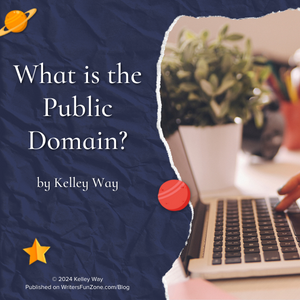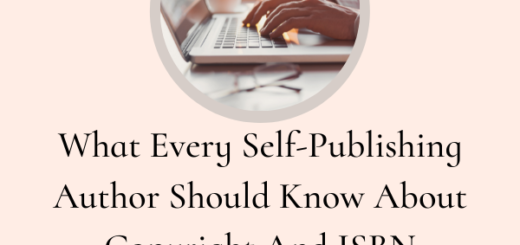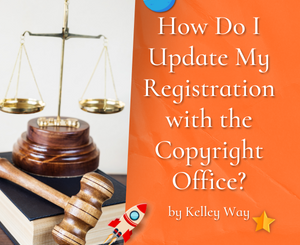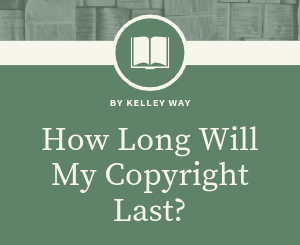What is the Public Domain? by Kelley Way
 Let’s welcome back monthly columnist Kelley Way as she shares with us “What is the Public Domain?” Enjoy!
Let’s welcome back monthly columnist Kelley Way as she shares with us “What is the Public Domain?” Enjoy!
***
Happy Public Domain Day!
As of today, everything published in 1928 enters the public domain and is free for anyone to use.
The most famous work to enter the public domain this year is probably Steamboat Willie, the Disney film introducing Mickey and Minnie Mouse to the world (but don’t assume you can finally make that Mickey Mouse cartoon you’ve been dreaming of; more below).
But what is the public domain, and how does it work?
The short answer: the public domain is the place where all creative works without a copyright reside.
If a work does not have copyright protection, it is considered to be “in the public domain.”
Some things start their lives in the public domain, such as works created by the government (not including the post office — I assume they don’t want you making your own postage stamps).
Other things enter the public domain when their copyright expires (please see my previous article on copyright duration).
However it gets there, once a work is in the public domain, there is no more copyright protection and others are free to use it.
But of course, that’s not the end of the story. With Mickey Mouse entering the public domain this year, it’s important to note that copyright owners do have some workarounds to make sure they can protect things that are important to them.
In cases where a character is featured in multiple movies and stories, and only some of those movies and stories are in the public domain, the copyright owner can still protect those aspects of the character and storyline that appear in the copyright-protected works.
For example, the Tarzan stories continued to flesh out the character of Tarzan over the course of the series, with each book adding to his backstory and further developing his character.
When the first book went into the public domain, people were able (in theory) to write fanfiction involving Tarzan, but they could only use the information about Tarzan contained in the first book.
Or to give another example, when the comic strip introducing Superman (eventually) enters the public domain, people will be able to create stories about a man with super strength whose costume includes an “S” symbol on the chest.
However, the original comic strip included nothing about flight, super speed, laser vision, or Superman’s origins from the planet Krypton, so those aspects of the character are still protected and could not be used until the comics introducing those features enter the public domain as well.
Confused yet? There’s one more thing to consider.
Copyright is of limited duration, so sooner or later everything copyright protected will enter the public domain.
Trademark, on the other hand, lasts for as long as a company continues to use it in commerce. Since there is no set end date for a trademark, many owners of famous copyrighted works have turned to trademark law to continue to protect their characters.
For example, it did not escape my notice that clips from Steamboat Willie started appearing with Disney’s logo in front of its movies several years ago. If Disney can establish trademark rights over this clip (assuming it hasn’t already), then anyone caught distributing or using this clip can be prosecuted under trademark law.
The owners of the Sherlock Holmes franchise have long used trademark law to go after anyone making a Sherlock Holmes story or movie without permission. And I would be very surprised if D.C. Comics has not already trademarked the iconic “S” symbol on Superman’s costume, to further protect their franchise.
So what’s the bottom line?
For one-off stories like The Great Gatsby, all copyright protections are gone once it enters the public domain, and there is little concern of getting into trouble over using material from it.
For franchises with many connected works, the waters are murkier and some due diligence is required to determine what is permissible and what is not.
When in doubt, it’s always a good idea to consult with an attorney.
If you would like that attorney to be me, you’re welcome to reach me at kaway@kawaylaw.com.
***
Want to read more articles like this one Writer’s Fun Zone? Subscribe here.
***
ABOUT THE AUTHOR
Kelley Way was born and raised in Walnut Creek, California. She graduated from UC Davis with a B.A. in English, followed by a Juris Doctorate. Kelley is a member of the California Bar, and an aspiring writer of young adult fantasy novels. More information at kawaylaw.com.







